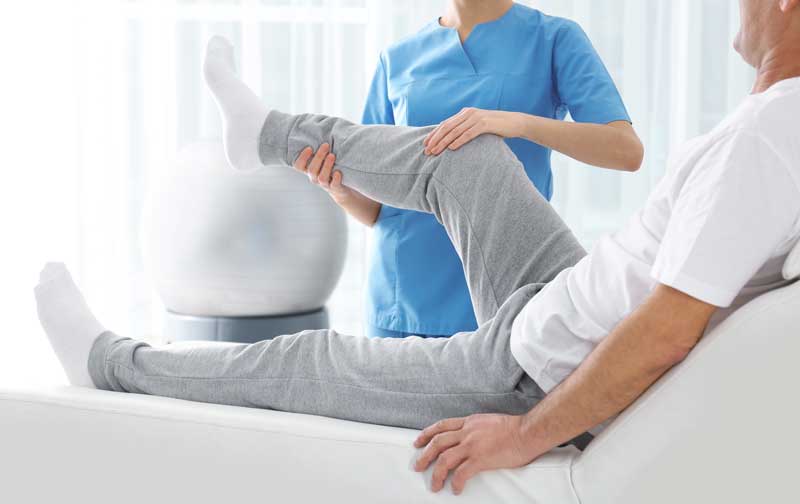One of the frequently commonly observed injuries in sports is the foot ligament injury. This injury often happens when an individual lands ungracefully or twists their foot during a game. Symptoms of an ankle ligament injury include pain, inflammation, and difficulty walking. Immediate treatment typically includes the R.I.C.E. method, which stands for Rest, Cooling, Wrapping, and Lifting. This approach aids reduce inflammation and pain. In more serious cases, rehabilitative treatment may be required to regain strength and flexibility to the foot before returning to sports.
Another common trauma is a muscle injury, which can happen in any sport that demands quick movements or intense weight-bearing. Athletes may suffer a muscle injury when they stretch a muscle too much or when they exert too great force. Signs include acute pain, inflammation, and muscular spasms. Recovery for muscular strains often includes light stretching and conditioning exercises. Gradually raising activity levels is vital to prevent recurrence. Sportspeople should work tightly with a rehabilitative therapist to create a secure and effective recovery plan.
Tendonitis is another trauma that can impact sportspeople, particularly those who engage in repetitive movements, such as runners or aquatic athletes. This condition occurs when a tendon, which connects muscular tissue to skeletal why not look here structure, gets swollen. Frequent areas affected by tendon inflammation include the elbow, upper arm, and knee. Signs often include discomfort and rigidity, especially during movement. Treatment for tendonitis usually involves rest, ice, and anti-inflammatory drugs. In certain cases, rehabilitative treatment may be suggested to improve flexibility and power in the injured area.
Preventing athletic traumas is just as crucial as treating them. Athletes can minimize their chance of trauma by heating up correctly before activities, using the right gear, and keeping good physical shape. Power training and flexibility workouts can help prepare the physique for the requirements of athletics. Additionally, sportspeople should listen to their bodies and allow rest when needed. By comprehending common athletic injuries and implementing efficient recovery strategies, sportspeople can stay fit and participate in their favorite sports for a long time to follow.
